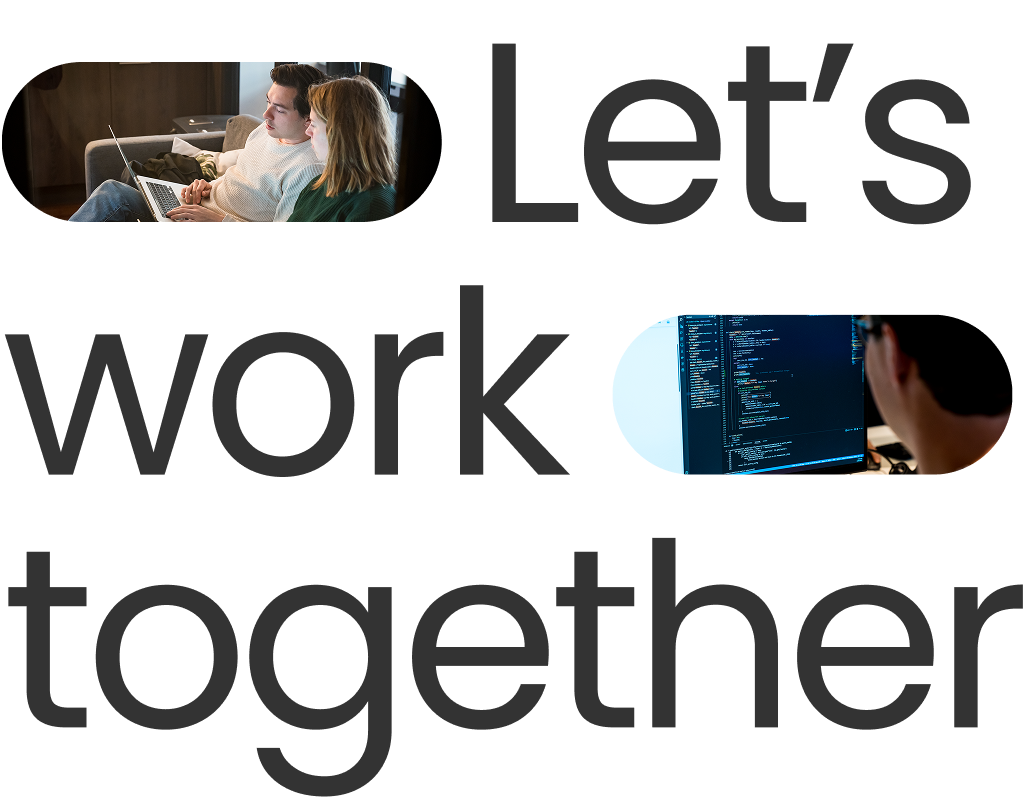
No terms found for this post.

To demonstrate the Medallion Architecture, we will use the New York Taxi dataset 2020, a publicly available dataset containing detailed information about taxi rides in New York City. We'll process this data using PySpark on Databricks, a powerful platform for big data and AI workflows. We aim to calculate the maximum duration, the average trip distance, and the minimum fare amount for rides with two passengers in December 2020.
First, we need to set up a Spark session in Databricks. This session acts as the entry point for using Spark functionalities. For example, we create a session called “MedallionArchitecture”.
Next, we ingest the raw data into the bronze layer. This involves reading the data from its source and storing it in a format that Spark can process efficiently (i.e., Delta format). Assuming that our source data is stored in an on-premise database, we access the database to ingest the data into the Lakehouse within Databricks.
To move from the bronze to the silver layer, we process and clean the data. This step includes filtering out invalid records, handling missing values, and performing basic data transformations. We will clean the dataset by removing duplicates and empty values. In our case, we filter out records with negative fare amounts and drop rows with missing values.
Finally, to move from the silver to the Gold layer, we apply more complex transformations and aggregate the data to make it ready for business analysis. This step involves grouping, summarizing and calculating key metrics, if required. For our NYC Taxi context, we filter the data to include only rides with two passengers in December 2020 and then calculate the maximum duration, average trip distance, and minimum fare amount. We also look up some information about the taxi companies in our metadata table, so that the data is enhanced with attributes interesting for business.
This introduction provides a clear understanding of the Medallion Architecture and its benefits. It also showcases practical implementation steps using PySpark and Databricks, making it accessible for both technical professionals and non-technical leaders.
The Medallion Architecture offers a powerful framework for managing large-scale data, ensuring data quality and a clear data structure. In that way, further activities are enabled, such as advanced analytics and machine learning. By leveraging Databricks and PySpark, organizations can implement this architecture efficiently and effectively. Whether you are a technical lead or an IT manager, understanding and utilizing the Medallion Architecture can significantly enhance your data strategy, providing high-quality, accessible, and actionable data for your business needs.
By adopting this architecture, you can ensure that your organization's data processes are robust, scalable, and ready to meet the demands of modern data analytics and machine learning. With clear stages and defined processes, the Medallion Architecture transforms how data is handled, making it a cornerstone for any forward-thinking data strategy.
No terms found for this post.
